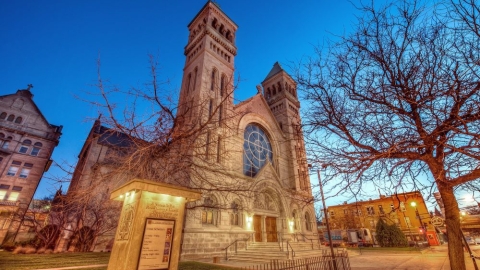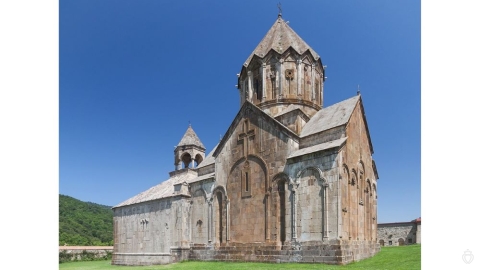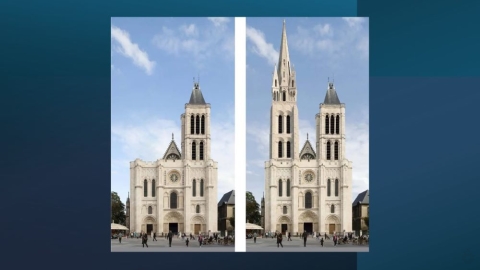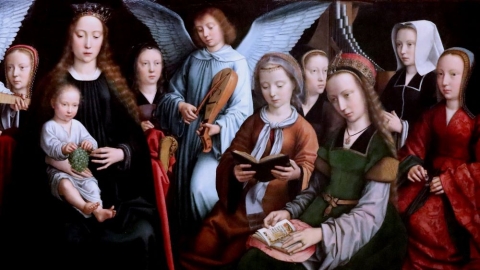The Church of Our Lady of Graces in Cotignac
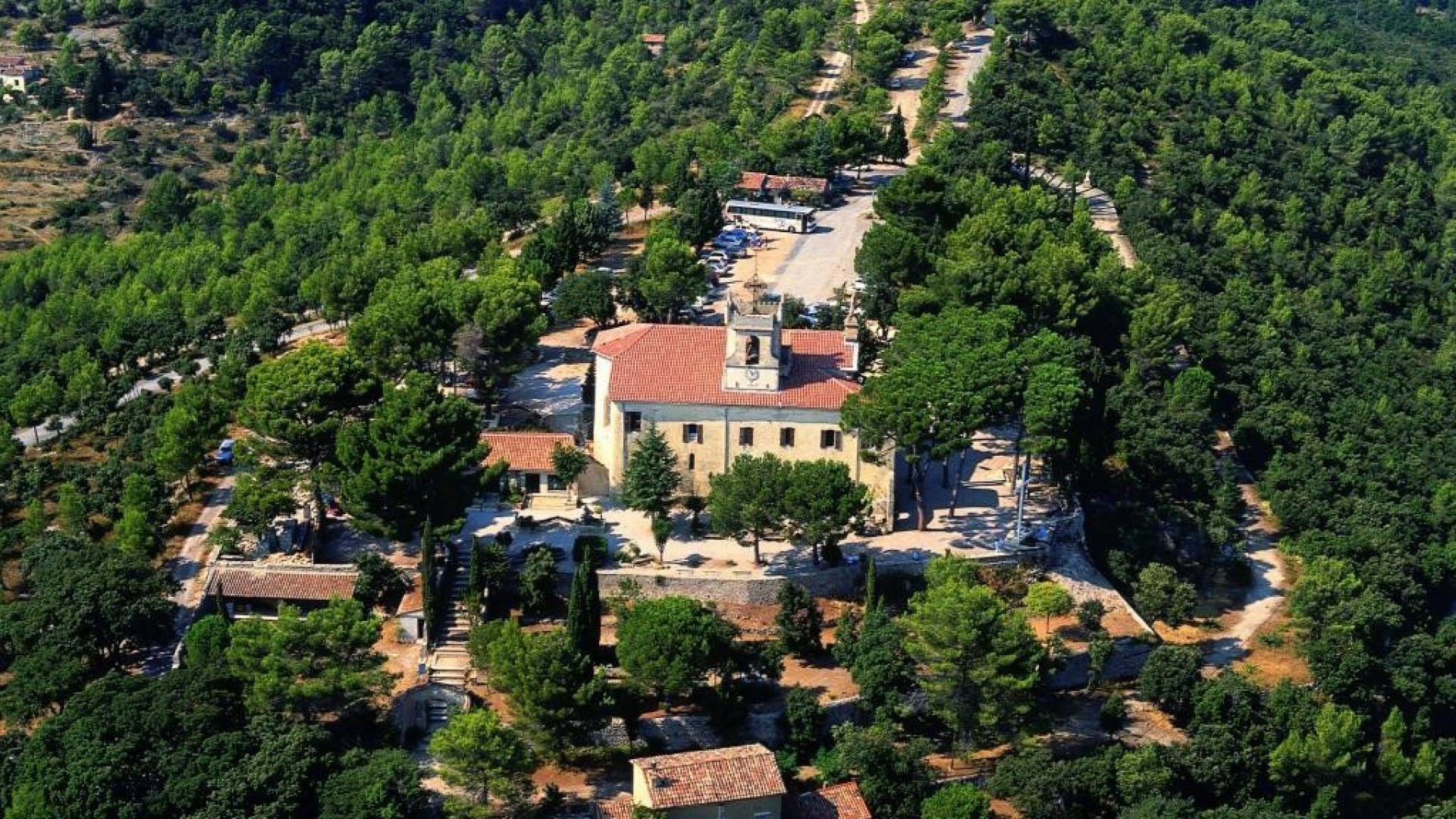
The famous sanctuary, located in Cotignac, is rich in graces, but also in its history. Its beginning is linked to a double apparition of the Virgin Mary to a woodcutter in the region.
The historical context
In 1517, Martin Luther had posted his 95 theses on the door of the church of Wittenberg, which marked the beginning of his revolt. In 1509, he passed close to Cotignac on his way to Rome. In March 1519, he again assured Pope Leo X of his fidelity. But three years later Germany was on fire, and soon much of Europe as well.
Moreover, in this year Francis I reigned and the Renaissance developed, “in which we could see the first great modern historical manifestation of an atheism which, by the detour and the return to pagan naturalism, was to lead to the materialist systems that cover the modern world and threaten to overwhelm it” 1 .
Apparitions of the Virgin Mary
On August 10, 1519, on the feast of St. Lawrence Martyr, a lumberjack, Jean de la Baume 2 , climbed Mont Verdaille which overlooks Cotignac. He was 22 years old. He began his day by praying. Suddenly a cloud appeared to him, surrounding the Virgin Mary with the Child Jesus in her arms, accompanied by St. Michael the Archangel and St. Bernard. Our Lady was standing.
She then addresses John in these terms: “I am the Virgin Mary. Go and tell the clergy and the consuls of Cotignac to build me a church here, under the name of Our Lady of Graces and that they come in procession to receive the gifts that I want to spread there.”
Then the vision disappeared. John kept the message to himself. The next day, August 11, he returned to the same place to complete his cut. The apparition reoccurred and he again received the same message. Jean then rushed to the village to announce what he has seen and heard.
His testimony was well received, so much so that on the following September 14, the Feast of the Holy Cross, the municipal archives report the laying of the first stone after a great procession consisting of the entire community, clergy, and mayor in the lead.
Ecclesiastical approval was not long in coming since on March 17, 1521 Pope Leo X by a papal bull granted a series of privileges to the sanctuary of Our Lady of Graces.
Link with the French monarchy
In 1637, the Virgin Mary appeared four times during the same night to Brother Fiacre, at the convent of Our Lady of Victory in Paris, and asked that the queen pray to “Our Lady of Graces” in Cotignac, to finally give birth to a descendant to King Louis XIII. The birth of the future Louis XIV would take place nine months later.
Following this miracle, King Louis XIII decided to consecrate the kingdom of France to the Virgin, who would bring national notoriety to this modest locality. The personal visit of King Louis XIV in 1660, accompanied by his mother, and the King's tokens of recognition to the sanctuary anchored a strong link between the monarchy and the sanctuary of Our Lady of Graces.
The current church dates from 1810, the primitive church having been looted and razed by the revolutionaries. The new church was rebuilt on the same plan as the primitive church, and received the statue of the Virgin, which had been preserved from the destructive rage, as well as the painting of the Virgin representing the apparition and dating from the 16th century.
The Blessed Virgin has kept her promise and continues to shower her graces on the pilgrims of Cotignac.

(Sources: nd-de-graces.com/Wikpedia – FSSPX.News)
Illustration 1 & 2 : © Sanctuaire Notre-Dame de Grâces
